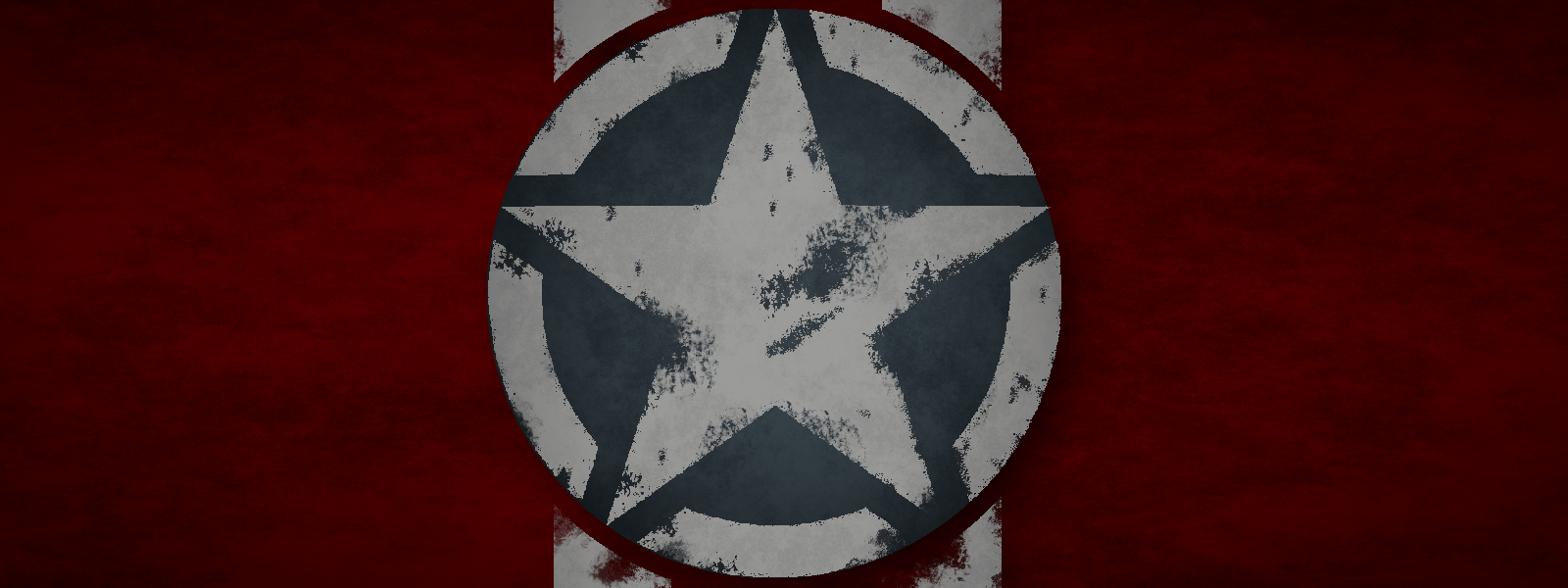The Independence Day Massacre
A crowd amassed in Washington D.C. on July 1st, 1921. The past year had brought famine, economic strife, and unemployment for a large portion of the United States. Pleading for government aid, an estimated 43,000 Americans swarmed the areas around the White House and Capitol Hill, establishing a dense tent city filled with protesters, refugees, and makeshift clinics. President Harding had no aid to give them, as he was coached behind closed doors to “let the economy run its course”. When the protesters organized a grand demonstration for July 4th, they were met by the sounds of mobilizing tanks and the barrel of a gun.
The night of the 4th was one of spiteful celebrations, including a festival fundraised by socialist politician Eugene Debs. He gave the opening speech, simultaneously pointing the finger at corporate greed and calling for peaceful protest of Harding’s inaction. His experiences that night only hardened his resolve for his future presidential run. Not 47 minutes later, the U.S. Army arrived at the edge of the tent city, ordering the “immediate dispersal of all vagrants”. General Pershing himself ordered the advance of the troops, who held resisting protesters at gunpoint in order to get them to disperse. An unidentified protester fired a flare gun at Pershing’s car, resulting in his troops opening fire. The situation deteriorated for another 5 minutes, in which 137 denizens of the tent city were killed, with another 300 wounded. By the time Pershing was able to get his troops to cease fire, the damage was done. The remaining crowd was dispersing, but now out of anger instead of fear.
Over the next 48 hours, thousands of homeless Americans rioted in the streets of D.C., mourning their fallen neighbors. Hundreds of businesses were vandalized, causing millions in damages. While the bulk of the camp fled to the outskirts of Washington, these raids resulted in the mass theft of any food they could find, which many shared with their peaceful compatriots outside the city. The army tried its best to keep order near government buildings, but the D.C. was too large to easily police. The riots eventually died down, but not before an additional 79 casualties. Pershing ensured that the camps outside city limits were not harmed further, but this did little to sway his guilt or the rioters’ rage. He soon retired after the debacle, and took a special instructor position at West Point.




Comments